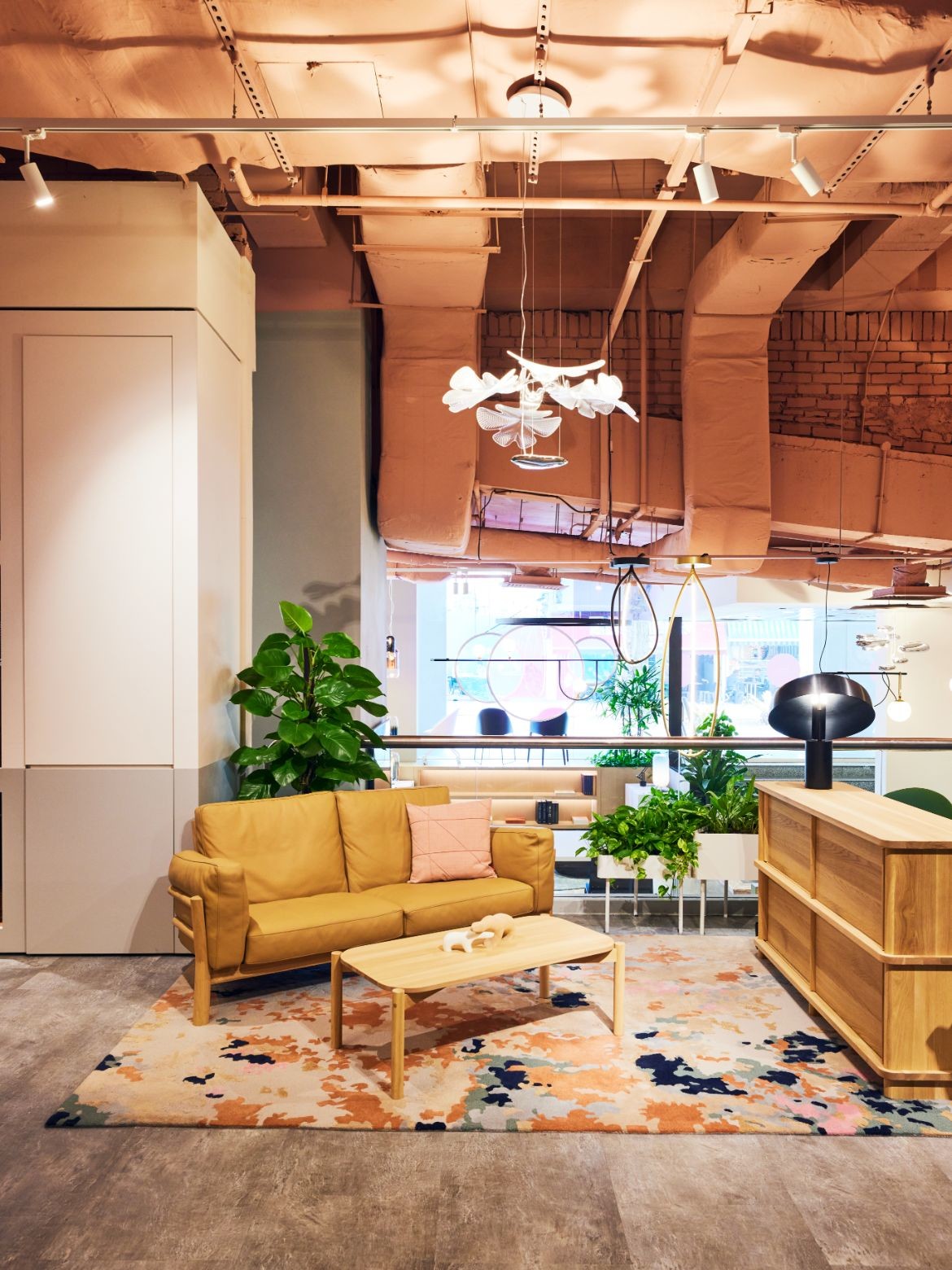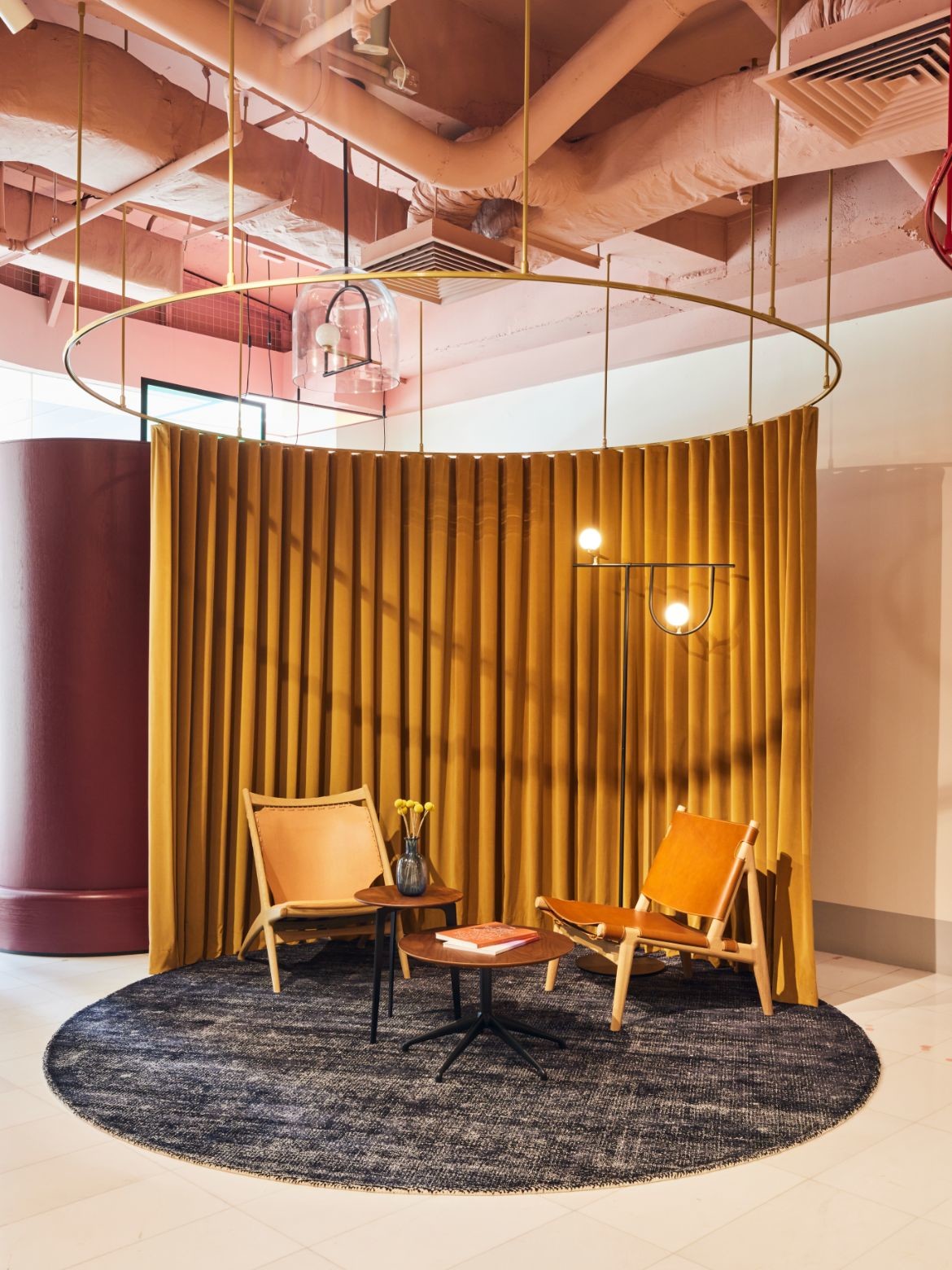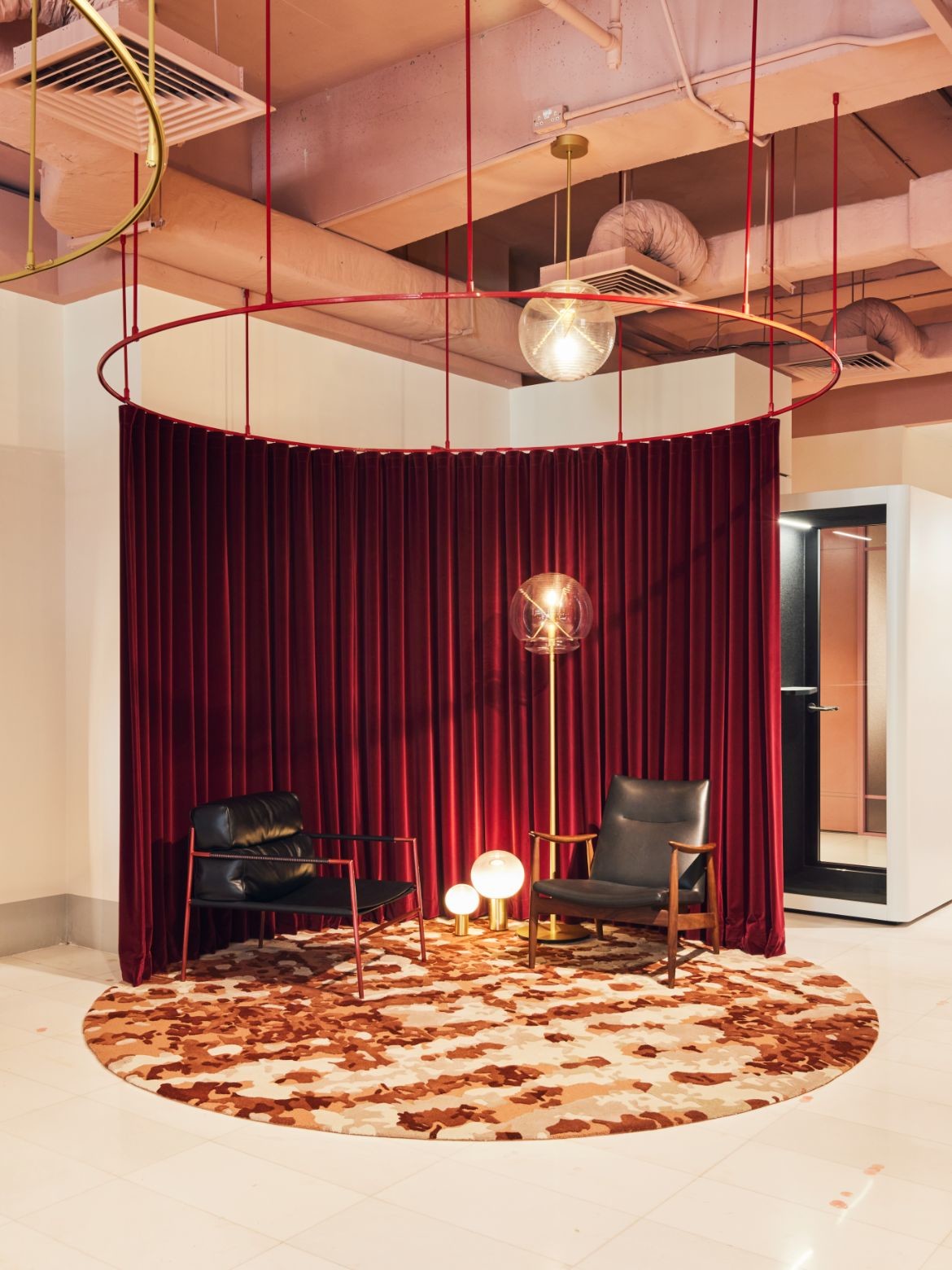As Tappeti founder, Karinna Gobbo explains, the alignment of aesthetics, values and approach shared by the companies made the decision a natural one. She and Stylecraft Managing Director, Louise Courtice had been crossing paths for many years at industry events, on projects and within the vibrant Singapore interior design and fitout community.
The Stylecraft showroom, designed by HASSELL, invites clients into a dramatic, sensory world of interior design, with leading European, Australian and Asian brands showcased within physical vignettes of harmonious colour, texture and form. Tappeti’s richly-hued rugs with their unmistakable quality bring the final element to luxurious settings created by Louise and her team.
Stylecraft takes pride in the prestigious brands it offers to clients including interior designers, corporate office managers and luxury homeowners.

“People appreciate the value of brands in Singapore,” says Louise. “They have an eye for quality, and the interior design approach reflects this.”
An additional trend that is emerging is the desire to bring elements of home comforts into commercial office spaces, Louise says thoughtfully. Lockdowns in Singapore were extremely strict, and now people are coming together in workplaces and social settings again, the interior aesthetic is bringing something of the personal, private domain into the public one.
“The crossover between work and home is now more evident,” Louise says.

In the hot, humid Singapore climate, the indoor realms are where people spend most of their time. To reflect the appreciation of nature that is also deeply ingrained in the culture, bringing the outdoors in is achieved through colour, materials, texture and organic shapes and design motifs.
Tappeti rugs with their carefully-chosen natural fibres, hand-loomed and hand-knotted making and the rich colours dyed through traditional pot-dying using non-toxic pigments are in harmony with these local design nuances.
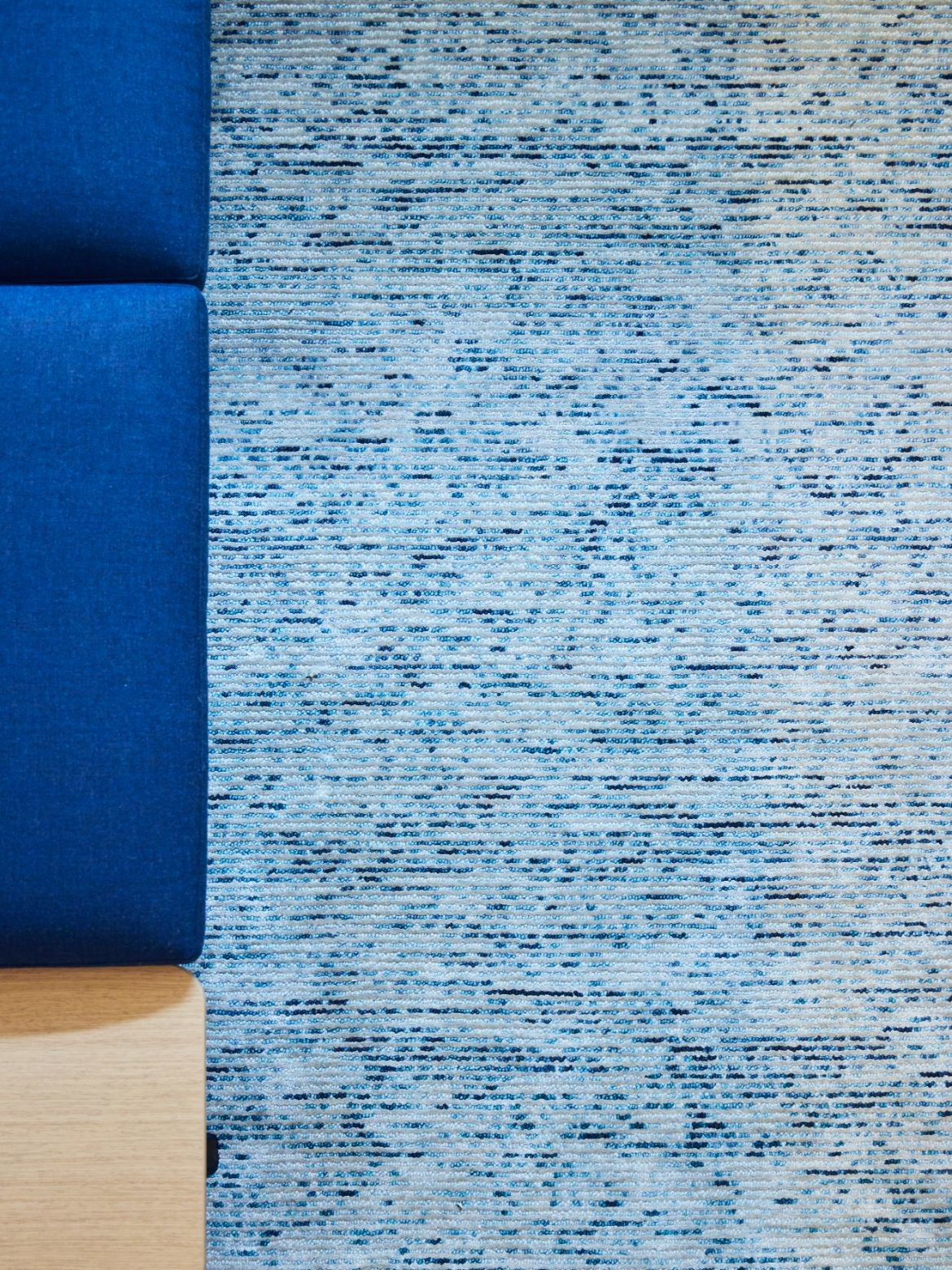
“There is a strong aesthetic around nature,” says Louise. “There is also an appreciation of colour, and the Tappeti rugs beautifully compliment the European palette of our furnishings.”
Tones of emerald, red, gold, terracotta and deep royal blues are highlighted in the showroom design and echoed on the horizontal plane by Tappeti’s art rugs.
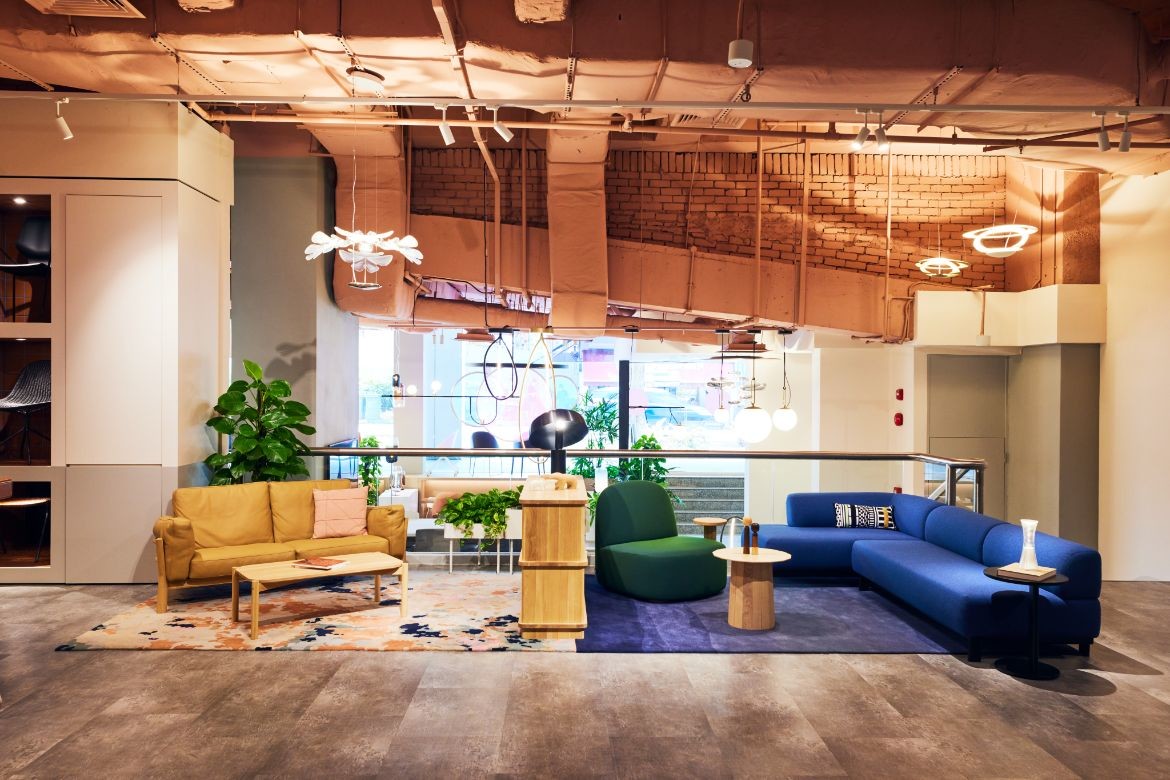
Karinna says sheen is also highly valued by the Singapore clientele, so art silk rugs with their shimmering, prismatic appeal are popular. Clients value being able to see and feel the rugs, with confidence that the item they adored in the showroom and ordered will be matched by the handmade rug that is delivered.
“Sometimes people have less than ideal experiences when they order a rug, and what arrives is not the same colour or quality as the item they admired online or in a showroom. The feedback we receive is people deeply appreciate our attention to detail, quality of product and the level of customer care including after-care.”

Tappeti rugs also add the element of softness and comfort in interiors that often feature an abundance of hard surfaces including stone, tile and marble, underfoot. These hard surfaces while beneficial in terms of the local weather conditions benefit from rugs to soften acoustics and add the element of unique beauty and textural variation.
Another feature of the creative synergy between Stylecraft and Tappeti is the convenience and ease of the complete interiors showroom.
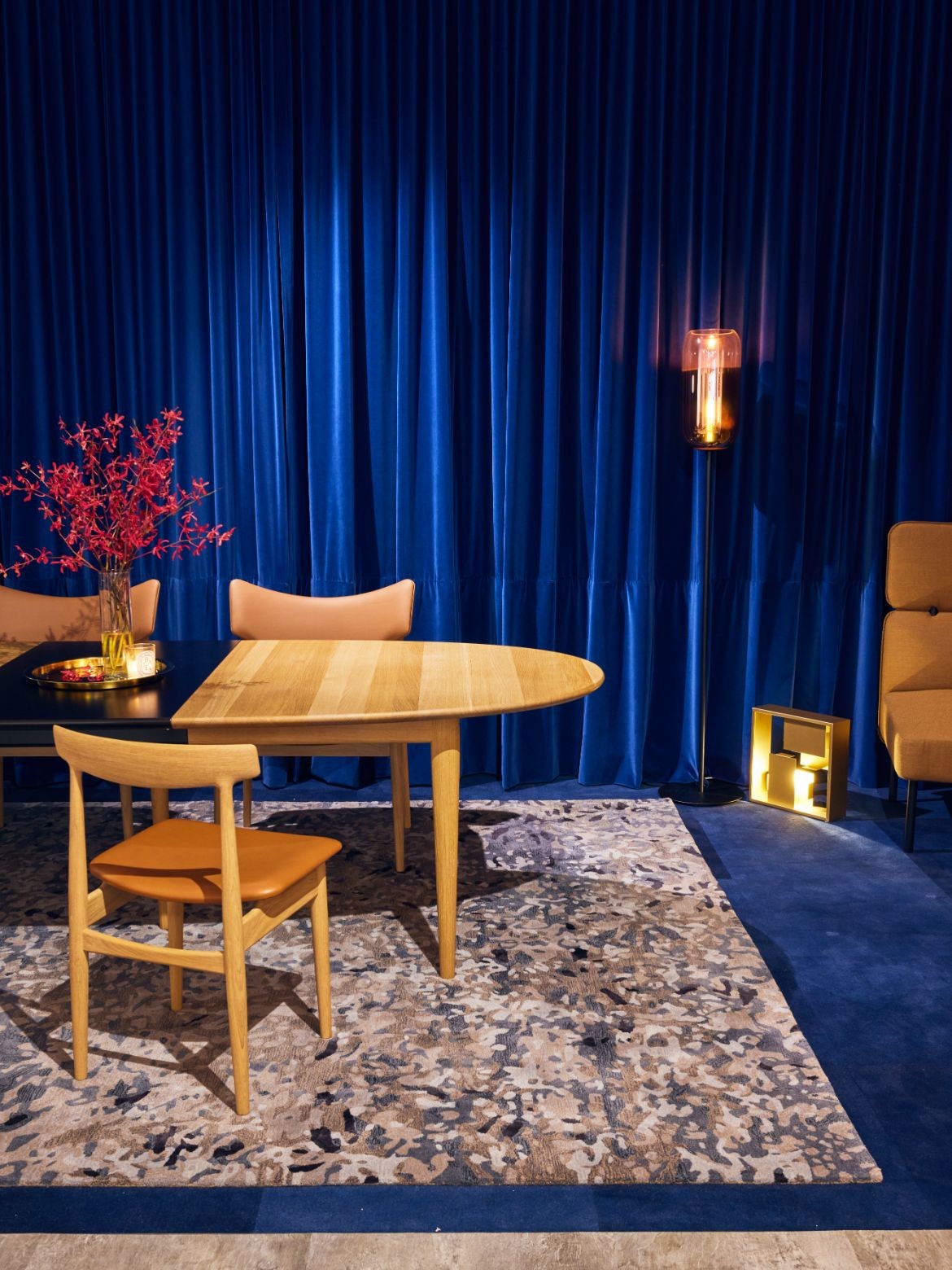
“The interior design studios here have a strong clientele base including hospitality, major global corporate offices and discerning homeowners,” Louise explains. “The approach of designers is to centre the client in the design and specification decisions, so, often designers will bring their clients to the showroom and the client will be fully engaged in deciding on the furnishings, lighting and rugs for the interior being created for them.”
Because time is precious, having a “one-stop” approach where every element of a fit-out or interior can be found in the one-place is highly valued. It also enables designers to see how all the pieces will come together and complement each other to create a beautiful, harmonious whole.
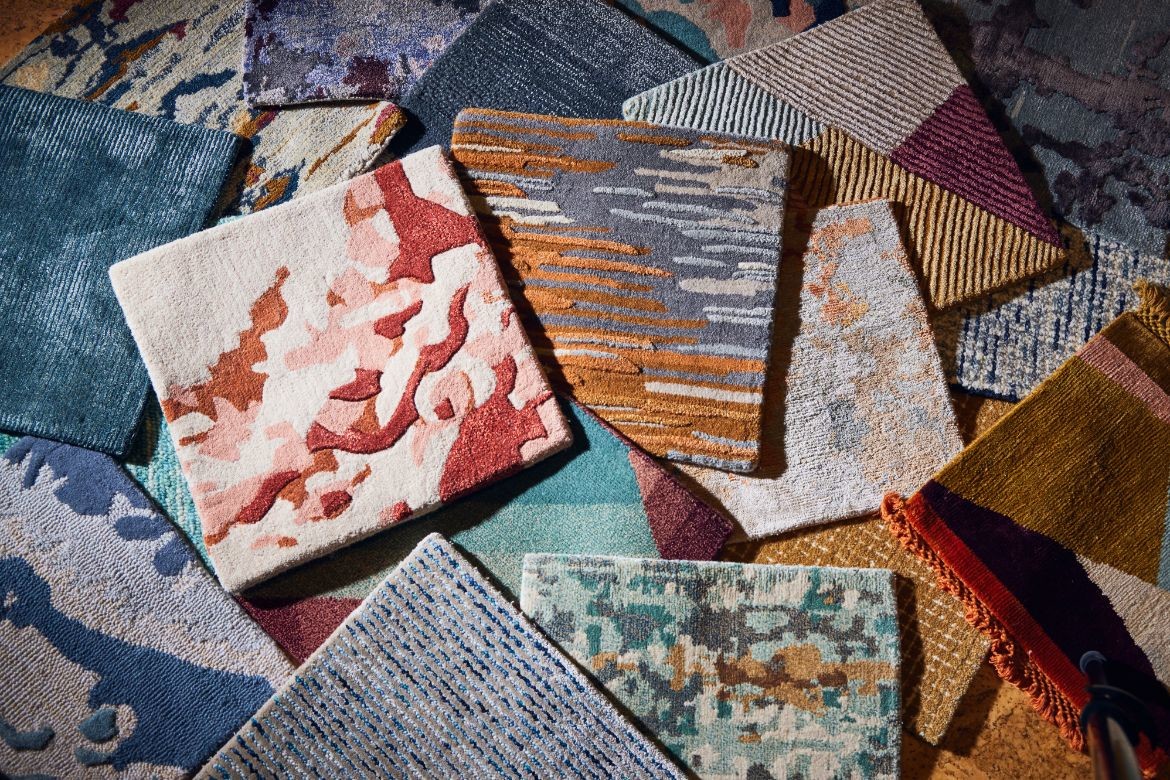
Stylecraft and Tappeti also share strong values around respect for the makers that create the products they provide to clients. Stylecraft is committed to transparency and avoiding Modern Slavery in the supply chain, and Tappeti takes great pride in working with traditional artisan rugmakers in India who are paid fair wages for the precious skills handed down through generations.
“Design needs to have integrity in every respect,” Karinna says. “That starts with the talents and creativity of designers, flows through into ethical and environmentally-responsible making, and then finally, there must be a dedication to genuine customer care in the relationship between supplier and client.”
